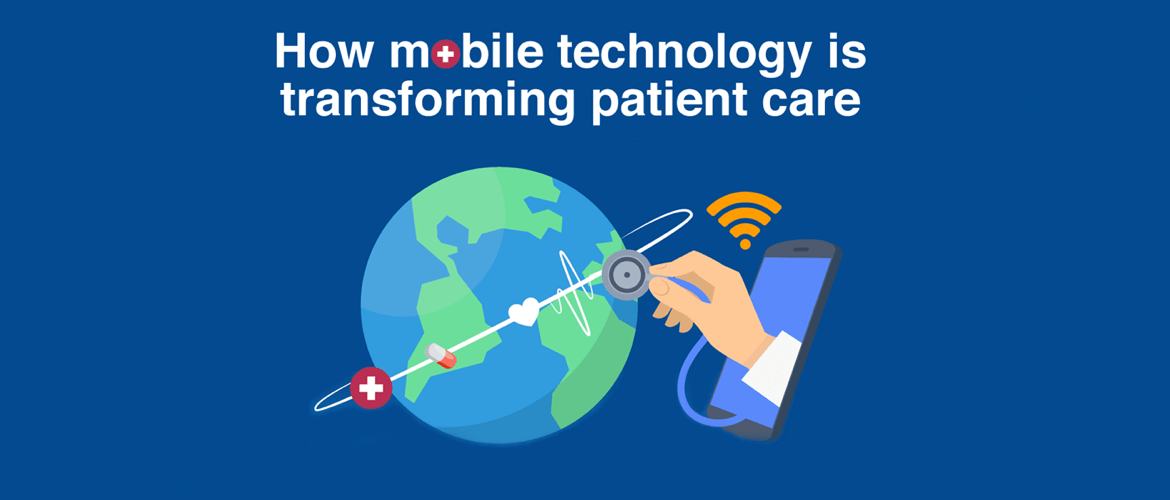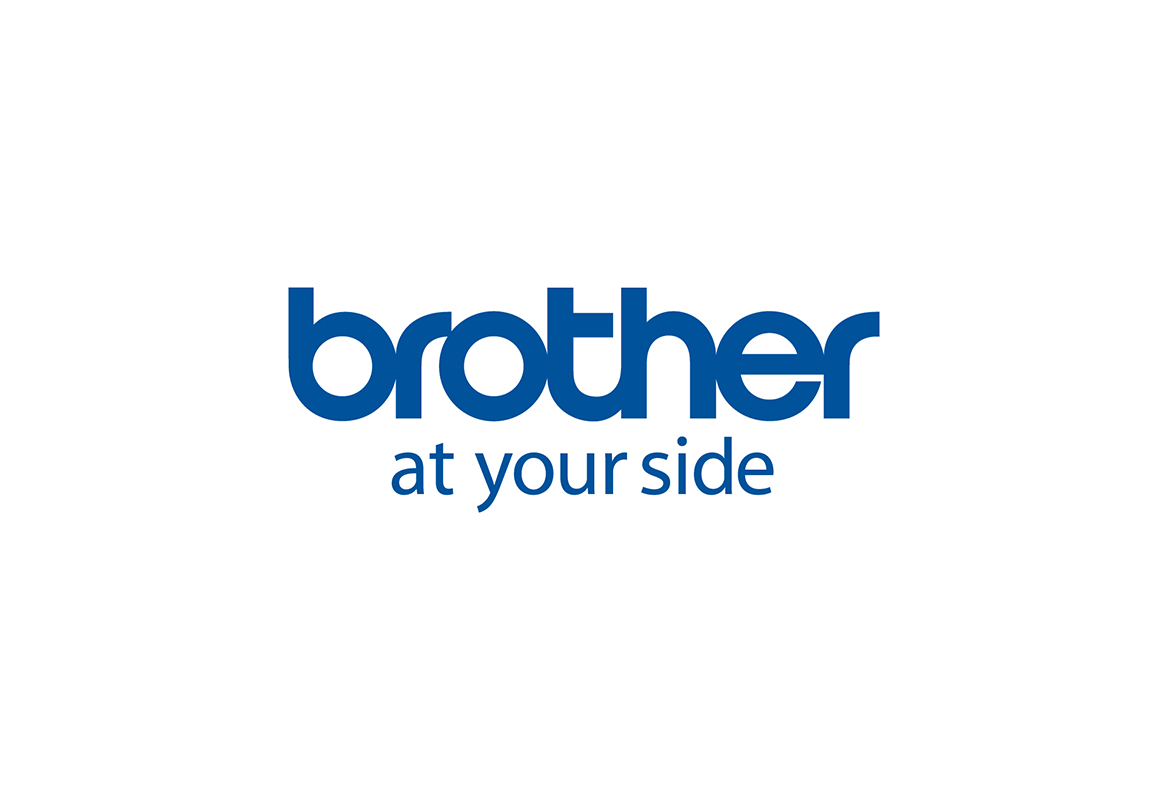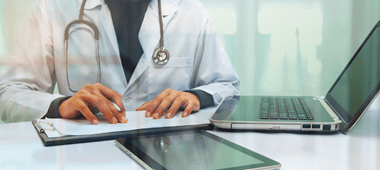
How mobile technology is transforming patient care
Mobile technology is driving rapid change in many areas of the health service, as this infographic shows.

We are all much better connected thanks to rapid developments in mobile technology over the past 10 years, and this is equally true in the world of healthcare.
Today’s healthcare professionals now have the world at their fingertips thanks to smartphones and tablets, while patients can get closer to doctors, nurses and carers without leaving their homes.
Hospital benefits
Gradually, hospitals are embracing digital technology to make the process of record-keeping and communication to both colleagues and service users more efficient.
Always on
Clinicians can access patient records any time of day, from anywhere in the world.
83% of medical practitioners are interested in using mHealth in clinical practice.
1 in 6 already use mobile apps in clinical practice.
An end to paper?
The convenience of mobile devices means the volume of paper records stored in the NHS is gradually decreasing, making processes more efficient and £4.2bn has been set aside by government to create a paperless NHS.
Advantages for paramedics
Paramedics now use tablets to check diagnoses and guidelines when out on call.
As well as giving emergency medical services personnel access to huge libraries of medical reference materials, mobile devices can also help with potential issues such as overcoming language barriers. Looking ahead, if patient records become digitised and integrated, paramedics could be able to view an emergency patient’s full history while out in the field.
Mobile printing technology is also helping to speed up the communication process, allowing paramedics in the field to create paper records there and then.
More than1.5bn has been committed to network coverage by mobile giant EE after it was selected to deliver 4G and data network for Britain’s emergency services.
Community care
Patents are embracing mobile tech. 3x more people used mobile health technology in 2016 than in 2014.
Wearable technology
20% of people accessed mobile health technology through wearable technology in 2016 vs 6% in 2014.
Digital records allow much smarter data management. A trial in Sunderland uses a cloud-based system to give patients a ‘traffic light’ score to flag up cases of deteriorating health, so patients no longer need to regularly visit a hospital for routine check-ups.
Bringing healthcare professionals into the home
In the not-too-distant future, web conferencing will continue to replace some physical consultations. In fact, a recent survey showed that 1 in 5 healthcare professionals already use web conferencing to contact patients.
Read more about how GPs are using technology to boost productivity or find out how Brother can help your practice perform faster and more efficiently.




